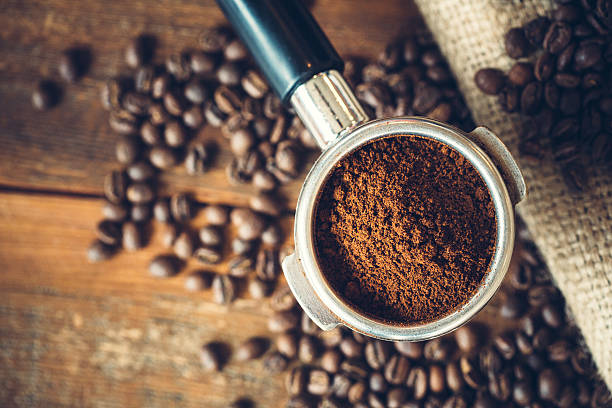The Process Of Roasting Coffee Beans

The taste of your coffee will depend on the origin, type, altitude, soil cultivation, processing and the method of brewing. If we had to choose one thing that can significantly impact the flavor of your coffee is the roasting.
Roasting เมล็ดกาแฟ is a technique that creates a powerful fine, smooth coffee from the cherries of a coffee tree. It has been used since civilisation first discovered this. Beginning in the early days when peeled beans were heated over an open flame roasting coffee beans has gone through many refinements throughout the ages.
Today, roasting coffee beans is seen as both an art AND a science. This is due to the fact that an inexperienced roaster can destroy the beauty of a cup very easily. It takes a great deal of knowledge, experience and the roaster's "sixth sense" to reveal the unique essence of any green coffee bean.
Let's take a closer look at the coffee roasting process. How does it impact the coffee you drink each day?
Roasting coffee beans can be described as cooking. Similar to how the chef can gauge how food is cooked to perfection, a roaster needs to keep a close eye (and ears and noses) at the beans. A skilled roaster can intuitively understand what they should do right from the time the beans are heated to the different stages of roasting.
Be sure to do your homework prior to your roast.
A roaster must do his research prior to when เมล็ดกาแฟ roasting starts. He must be aware about the beans he is planning to roast to the variety, type and flavour note it may include. He will then be able to make a roasting profile that will draw out the unique characteristics of each bean. Once this is done then it's the time to roast!
Steps to roasting coffee beans, minute-by-minute
Drying can take between one and three minutes. This is the beginning stage of the roasting process. The coffee remains green at this stage. It's been processed and harvested (through wet or natural coffee processing) and can contain as much as 10-12% water. The moisture needs to be eliminated before the beans are heated, which is typically done within three minutes.
From 3 to 8 minutes, yellow to light brown to light Changes in colour take place after the beans are free of water and moisture. The beans' colour changes from green to yellow to light brown. This shows that the sugars within the beans are breaking down and their chemistry is changing. Also, there could be a toasted or grassy grain aroma coming from the roasting drum.
First crack (from eight to eight and five minutes). As the pressure of heat builds inside the beans, it attempts to escape. The beans explode at the first crack. The sound can be heard as a distinct popping sound. The beans will expand as heat is released. The first cracking stage lasts only a few minutes because the beans absorb and give off heat which makes the roasting process from here very critical.
Development (from eight and one-half to 10 minutes). This is the primary roasting stage. There are many chemical changes that occur in the เมล็ดกาแฟ, greatly affecting their aroma and flavour. Beans that grow for too long can become acidic. When they're too hot, the beans' sugars will over-caramelize. The roaster's ability to decide the time that beans mature and create their unique roasting characteristics is up to him.
Finalization of roasting. When the roaster has achieved the desired roast profile, he will then quickly take the beans out of the roaster and cool them rapidly.
De-gassing. Let the beans degas in a container that is breathable for between 15 and 24 hours. The bags are usually equipped with valves that only allow gas to escape. Here the beans fully develop their flavor before being prepared for brewing.